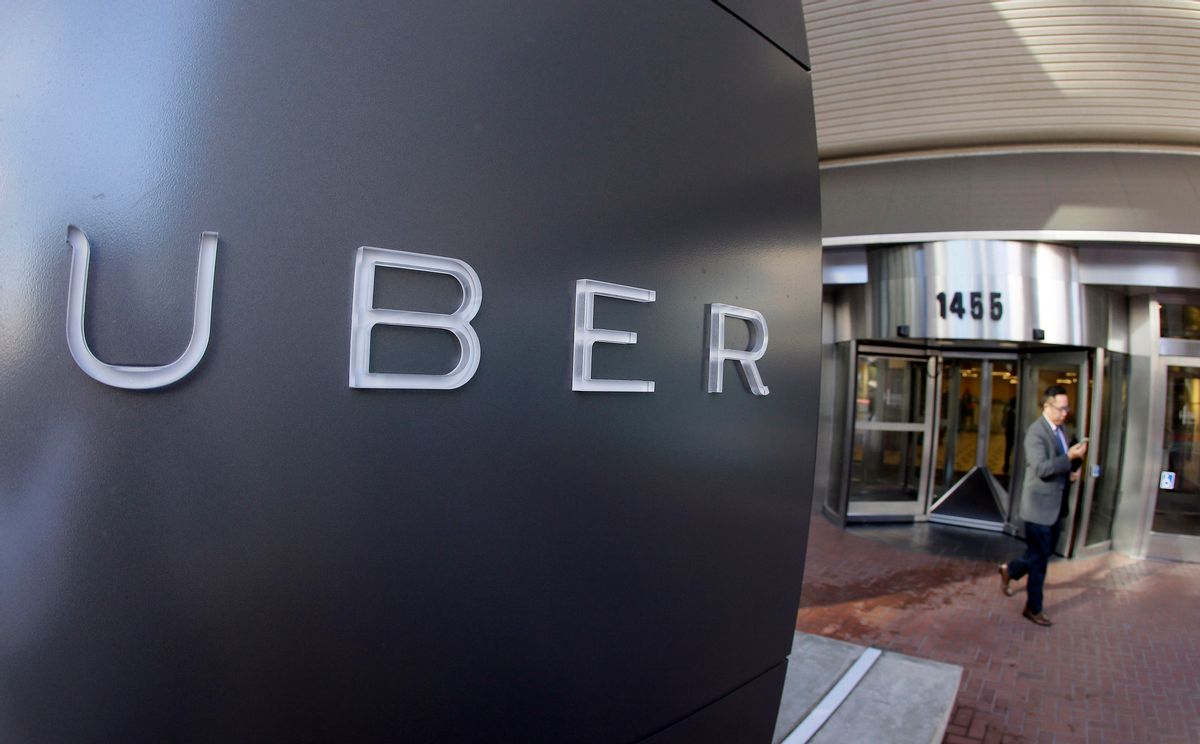Uber announced this week that by the end of 2016, residents of downtown Pittsburgh will be able to summon autonomously piloted Volvo XC90 sport utility vehicles in what is the first step in eventually replacing human Uber drivers.
For now, however, those drivers are safe, as they will be required to supervise the self-driving vehicles. The idea, three years in the making, of creating a fleet of self-driving vehicles is the brainchild of Uber co-founder and CEO Travis Kalanick, who hired the former head of Carnegie Mellon's National Robotics Engineering Center, John Bares, to make it a reality.
As Bloomberg's Max Chafkin reported, Kalanick insisted that "this can't just be about science," and that "we are going commercial" -- and commercial they are going, with the first vehicles set to hit the streets of downtown Pittsburgh this month.
Uber's deal with Volvo isn't exclusive, and unlike its competitors in the self-driving car industry -- Google and Tesla foremost among them -- the company doesn't plan on manufacturing its own vehicles. Instead, it will focus on its mapping and routing systems, both through the aggregation of information gleaned from human riders and drivers, as well as through partnerships with companies like Otto, which is in the process of designing a more advanced laser detection system than is currently available on the market.
For the moment, passengers will be able to ride in the automated vehicles for free, but as the technology proves its worth, Kalanick anticipates raising the rates to the standard $1.30 per mile.



Shares